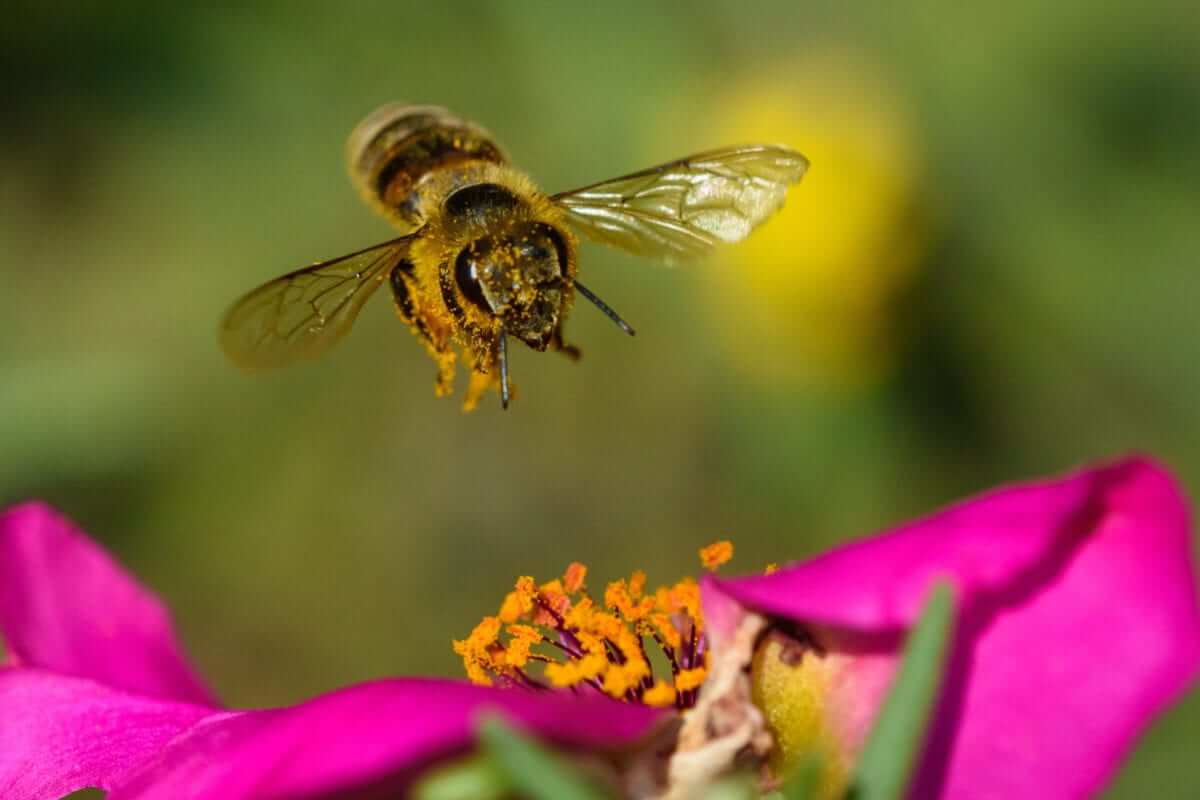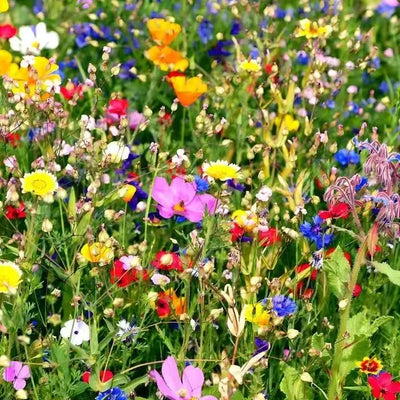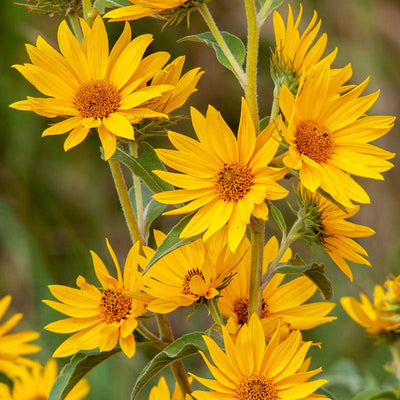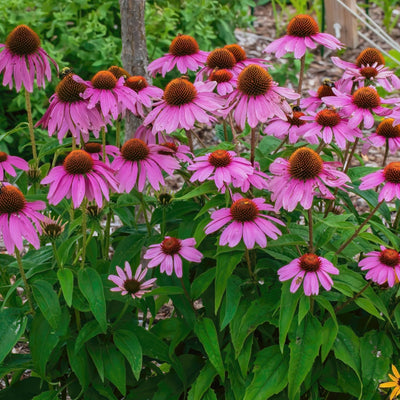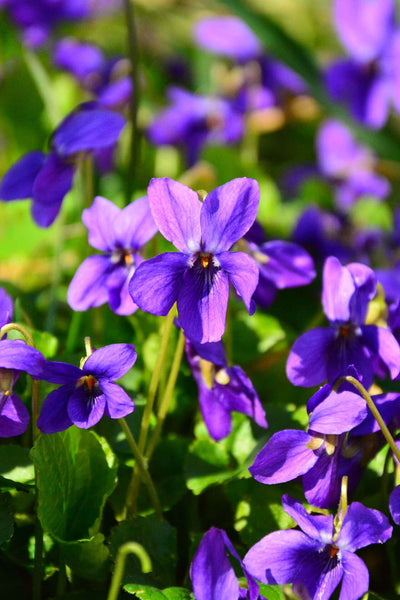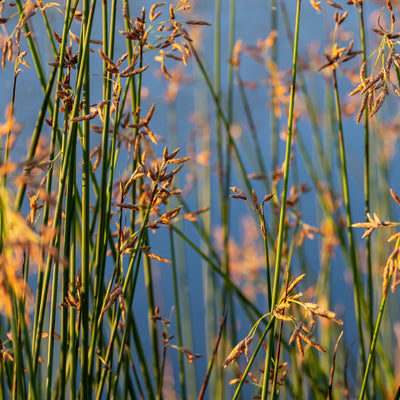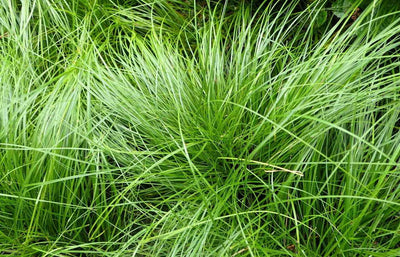How To Start A ‘Bee’ Garden: A Beginner’s Guide to Creating ‘Bee’ Utopia
Bees are an important part of our world. They help to pollinate flowers, fruits, and vegetables and without them some of the plants we have today would not grow. Therefore, the purpose of this guide is to create a space that attracts and supports these important pollinators.
It is also important to understand that having a ‘bee’ friendly environment is great not just for bees but for the overall health of your flowers, fruits, and vegetables you grow in your garden. In the guide below, we will go through the steps needed to create a ‘bee’ garden that attracts pollinators.
The Basics of a ‘Bee’ Garden
Bees are able to thrive in certain conditions that are tailored to them and their needs. These conditions include wet and dry areas, food and nectar, and a secure place to nest. You do not need a large overgrown area to attract bees. A small area that is well designed is more than enough to attract these very important insects.
A bee friendly garden is not a garden that is just attractive to bees, but it is beneficial for them and supports their health. Below are the important steps focreating a bee friendly garden:
Creating the Right Environment
Some of the more critical elements of a thriving bee environment include the following:
Bee Brush Piles
Bees need shelter and protection, especially in the winter. A brush pile is the perfect hiding place for them and where they can stay safe.
Dry Grasses and Reeds
Areas with dry grasses are appreciated by some bees because they offer nesting opportunities.
Deadwood
Some types of solitary bees can make use of dead logs and twigs as nesting sites.
Muddy Areas
Areas of mud are sought by bees because they obtain minerals from the moist soil.
Plant Diversity in Your Garden
Bees tend to frequent gardens with a larger assortment of plants and flowers. The greater the diversity of flowers and plants in the surroundings, the greater the probability of attracting diverse bee species. To include in your bee garden, you might want to plant:
Wildflowers
No matter your garden's orientation, native regional wildflowers, such as the Goldenrod and Black-eyed susans, are a great addition to gardens in the southeastern United States.
Native Species
Well adapted to one’s environment, native plants, which are sources of nutrition and housing, are a great attraction to bees.
Choose Flowers with Single Blasting Blooms
Bees seem to prefer blossoms that have the single and the simpler forms. These single forms of blossoms have sorely needed reserve and safe housing of their pollen and nectar. Blooms that have more than one set of petals (for instance, double-bloom roses) can be particularly challenging to cross-pollinate because their nectar requires more work to access.
If your garden includes any of the following single-flower types, their growth and development will be much appreciated by many bees and will enhance their survival.
- Daisy
- Lavender
- Sunflower
- Coneflower
Use Shades that Help Attract Bees
Bees have some kind of preference for colors. Blue, purple, and yellow flowers are particularly of great help to bees. Having them in your garden will be more beneficial for bees. Some of the flowers that bees are fond of and are covered with these colors are:
- Violets
- Queen Anne’s Lace
- Lavender
- Borage
Stop the Use of Pesticides
Our gardens are well alive with all types of creatures. It can be very tempting to apply pesticides on unwanted plants. In your bee garden, these are the bright examples that need total and absolute protection. Organic pesticides are no exception in the negative treatment of bees. If they, for some reason, can be concerned, then apply gentle treatments, and let beneficial creatures such as ladybugs help.
Add a Water Source
Just like us, bees need to drink in order to not get dehydrated, especially during warmer seasons. A simple dip can help, like a low-decked paddle or a shallow dish. Add a few stones in this dish, so that the bees can hydrate without endangering themselves. The bees might enjoy your garden even more.
Consider Beekeeping
If your heart is really in the bee population, you can try your hand at amateur beekeeping. While not everyone, beekeeping is a rewarding way to help conserve bees while also enjoying honey from your own hives.
Plants That Attract Bees
If your goal is to attract more bees to your garden, here are a few plants you can start with.
Bulrush Grass
Like other plants, bulrush grass can grow in wet areas, making it a valuable addition to a bee garden.
Pampas Grass
Tall, ornamental grass with puffy feathery plumes, is eyecatching while providing shelter for bees.
Purple Love Grass
A simple plant that thrives in sunny, well drained areas with good nectar supply.
Pennsylvania Sedge
Pennsylvania Sedge is a versatile grass for shady areas and lovely green ground cover. It is also a valuable bee grass.
What are you waiting for, Start your own bee garden!
Having a garden and flowers specifically designed for bees will add to your garden and help with the environment. As you garden, you will help the ecosystem. Completing these steps will help you create a bee and still have a beautiful garden. For a variety of plants, visit TN Nursery to complete your bee garden.
FAQs
What plant attracts bees the most?
There are a number of plants that bees love, but some flowers are more enticing. The very best plants that bees are attracted to are lavender, sunflowers, and a variety of wildflowers, especially Black-eyed Susans. Also important in drawing bees to your garden are native plants like goldenrod and coneflowers.
What is the Charity for saving bees?
Many different charities and organizations focus on bee conservation. The Bee Conservancy, which works to protect bees and other pollinators, and the Xerces Society for Invertebrate Conservation, are notable organizations. These organizations develop and disseminate materials, advocate for the public, and implement protective measures for bees around the world.
Do we still have to save the bees?
Saving the bees, is of course, still essential. With habitat destruction, pesticides, and climate change on our doorstep, the world’s bee population is in danger. Bees are important to the pollination of numerous plants and crops, which helps with biodiversity and security in the food supply. Conservation of bees should be a priority for maintaining our ecosystems.
What is the 3 season pollinator garden?
A 3-season pollinator garden is a garden that provides food and includes shelter for pollinator animals throughout the year. These gardens consist of plants that blossom in undifferentiated times differently in the spring, summer, and even fall. As a result, there is always forage for the bees. 3-season bloomers also help pollinator bees in the active seasons.
What is the bees worst enemy?
The bee’s worst enemy is the pesticides. While even organic pesticides, in cloves, can be deadly to bees, impair their foraging and reproduction. Destruction of bees habitat, climate change, and disorder diseases like bees, Colony Collapse Disorder (CCD), are big issues for bee keepers around the world.
What is the 3 feet 3 mile rule for bees?
The “3-feet, 3-mile rule” is a rule used in beekeeping. It states that a beehive should be placed at least 3 feet above ground to avoid flooding or predators. Also, the bees are able to go 3 miles from their hive to find food and water. It is important to have a diverse range of plants for those bees to help them thrive, within that distance.
